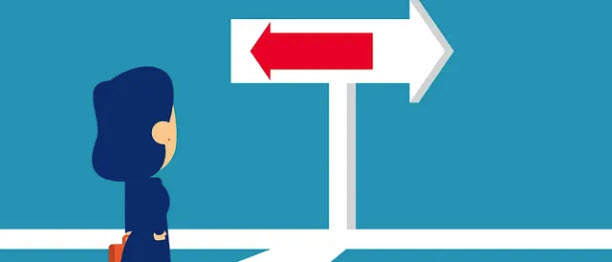Business growth decisions — drive top-down or bottom-up?
Growth is a necessity for the success of any organization, and the driving force could be top-down or bottom-up.
SOCIAL SELLINGSALESB2B


Growth is a necessity for the success of any organization. However, how it is driven might differ, and the driving force behind it could be a top-down or a bottom-up approach. Each has pros and cons; depending on the company’s goals and decision-making process, one may be more appropriate.
This post explores the differences and considers the benefits and drawbacks. We also discuss management styles and strategies for a management team to consider when determining how to drive growth.
Definition of top-down and bottom-up
A top-down strategy begins with leadership and is implemented throughout the organization. This method focuses on establishing consistent objectives and devising plans that rely on the company’s executive team and its capacity to generate a collective vision and align goals. Bottom-up involves the initiatives being driven by individual teams and lower-level employees.
Benefits of top-down
The expediency of top-down growth is a major benefit, allowing for swift and straightforward delivery. By concentrating on the organization’s upper tiers and leadership’s objectives, companies can quickly action alterations that will immediately affect development and consider macroeconomic factors. This enables a more streamlined approach that incorporates the entire company.
Benefits of bottom-up
Bottom-up growth is a frequently used strategy involving the teams in decision-making and execution. This tactic can provide a range of advantages, such as fostering trust and collaboration across all company levels.
Challenges of top-down
One of the principal impediments to attempting to spur success through top-down governance is the need for leaders to achieve consensus across the entire organization. With a top-down style, executives determine goals and plan strategies that they disseminate to the rest of the organization. This leadership style can be problematic if an agreement is not reached.
Challenges of bottom-up
Organizations may find themselves disadvantaged if they need more resources to scale up and take advantage of opportunities arising from bottom-up growth. It's easier to manage with an overarching direction or intended outcome, leading to a lack of focus and even conflicting objectives among stakeholders.
Beginning with the high-level objectives, top-down growth is an approach to long-term development where resources are allocated, and strategies are formulated to support the overarching targets of the organization. This expansion model is often employed by larger companies with greater capacity, allowing them to make investments for their future success.
For future success, it is essential to identify the most efficient and sustainable course of action. Top-down involves setting ambitious goals and plans and disseminating them throughout the company. On the other hand, bottom-up involves collecting suggestions from all personnel and constructing a cohesive plan.
Finally, businesses should weigh the advantages of both. Top-down allows for developing long-term goals and setting priorities that reflect the company's vision. Bottom-up allows them to draw on their staff's energy and creative solutions incorporating microeconomic factors.
